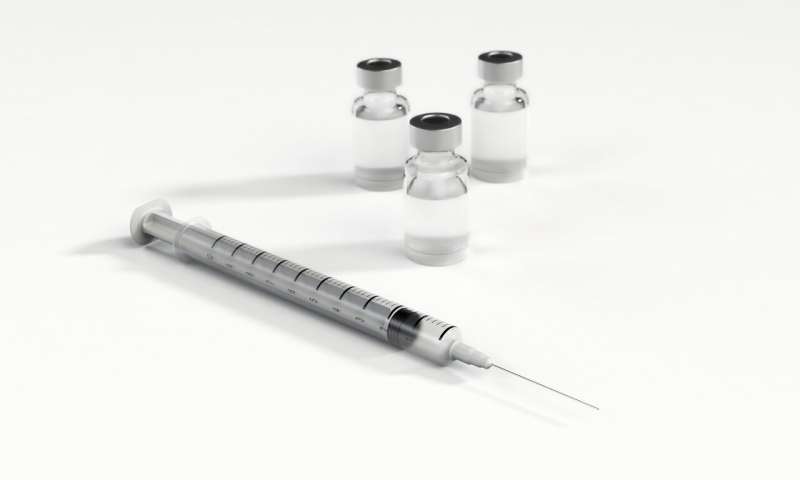Innovative Use of Nanodiamonds and Hormones for Fetal Lung Development in Rare Diaphragmatic Hernia Cases

Researchers are developing innovative treatments using nanodiamonds and growth hormones to enhance lung development before birth in babies affected by Congenital Diaphragmatic Hernia, potentially improving survival rates and outcomes.
A groundbreaking international research initiative involving University College London, Great Ormond Street Hospital, and KU Leuven is exploring new treatments to promote lung growth in fetuses affected by Congenital Diaphragmatic Hernia (CDH). This condition, which impacts approximately 1 in 3,000 newborns, results from incomplete development of the diaphragm, allowing abdominal organs to enter the chest cavity and impede lung formation. Without intervention, survival rates are below 25% in severe cases. Current approaches like fetoscopic tracheal occlusion (FETO) can improve survival but are not enough, prompting scientists to seek more effective solutions.
The research focuses on leveraging vascular endothelial growth factor (VEGF), a natural growth hormone vital for lung development during pregnancy, which is often deficient in infants with CDH. To enhance delivery and control of VEGF, scientists have attached it to nanodiamonds—minuscule carbon particles smaller than a human hair—creating a targeted, sustained delivery system.
Using 3D-printed models and lab-grown 'mini lungs' that simulate CDH-affected tissue, the team tested this innovative method. Results showed that administering VEGF via nanodiamonds alongside FETO resulted in healthier lung development. The research demonstrates promise for a less invasive, more precise treatment approach that could significantly improve outcomes for babies with CDH.
This approach represents a collaboration of multiple disciplines and international expertise, signifying a major step toward pre-birth interventions for complex congenital conditions. Experts highlight that, with further development, such treatments could be available to patients within the next five years, offering hope to families affected by this challenging condition.
For more detailed insights, see the original study: Stavros P. Loukogeorgakis et al, 'Prenatal VEGF Nanodelivery Reverses Congenital Diaphragmatic Hernia–associated Pulmonary Abnormalities,' published in the American Journal of Respiratory and Critical Care Medicine.
Stay Updated with Mia's Feed
Get the latest health & wellness insights delivered straight to your inbox.
Related Articles
New Findings Challenge Beliefs About Dancers and Vestibular Suppression During Pirouettes
A new study reveals that dancers' ability to perform pirouettes is not due to suppressing their vestibular system but relies on active, anticipatory control of balance through brain plasticity. This discovery could inform improved fall prevention strategies.
Link Between Obesity, Financial Hardship, and Food Insecurity Uncovered
New research links obesity with increased financial hardship and food insecurity, emphasizing the socioeconomic challenges faced by individuals with obesity and the need for targeted support.
New Research Suggests Dormant Bacteria in Arterial Plaques May Trigger Heart Attacks
Emerging research suggests that dormant bacteria within arterial plaques may play a key role in triggering heart attacks, opening new avenues for diagnosis and treatment of cardiovascular disease.



